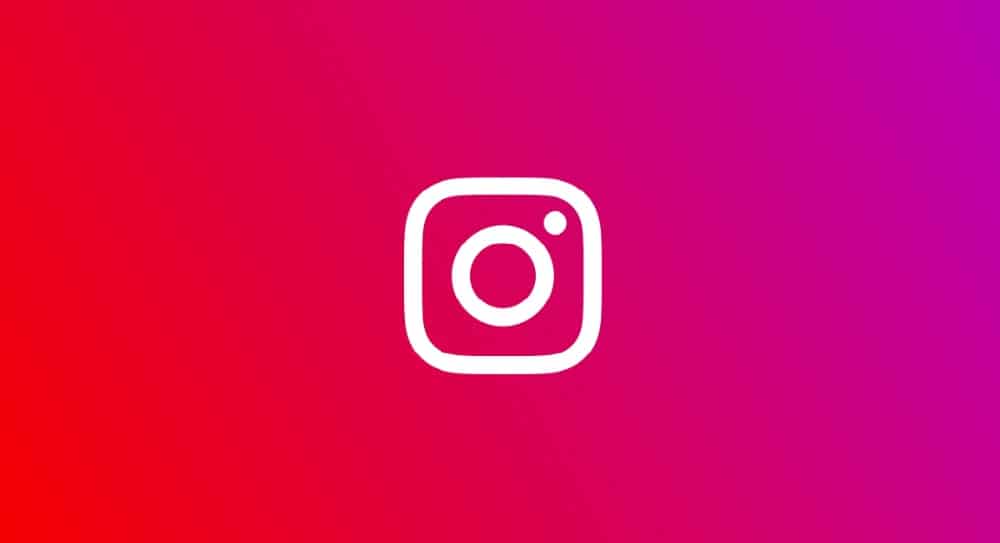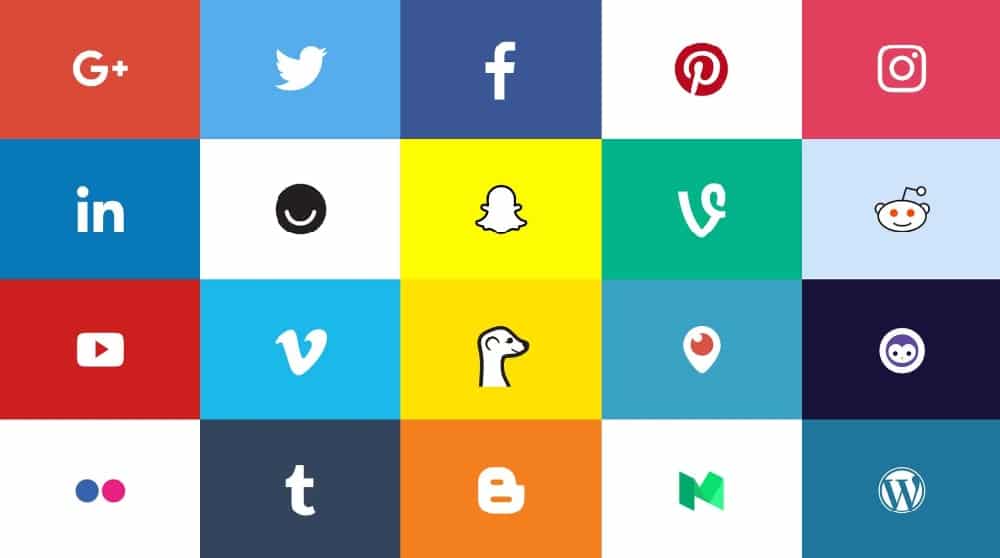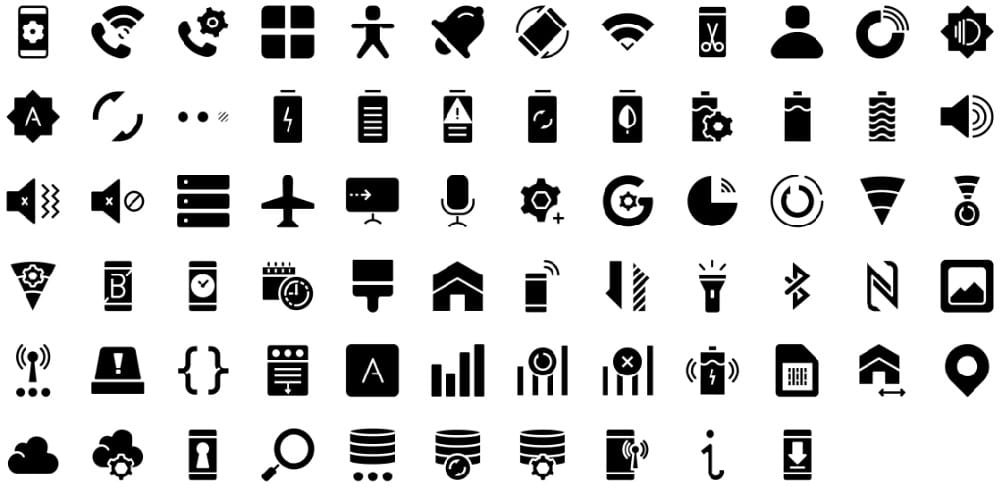Icon marketplaces are designing inexpensive vector icons that are available for print designers and web developers. However, if you want your icon design to stand out, you should design a unique icon to represent your brand.
There are three primary attributes of a practical design that you should consider while designing an icon, namely form, recognizability, and aesthetic unity. When you use these three attributes effectively, you can design an icon that attracts more people and makes it memorable for them. Furthermore, if you want to make your icon visually appealing, you can use these designing tips.
1. Don’t take an icon as an image:
You can add an image to an icon, but don’t consider an icon a photo in a box. An icon can also be a logomark, text representation, or a mix of these elements. The icon should be visual and recognizable. Mostly logos do not have an actual photo but are a graphic representation of an idea. The major disadvantage of using an image is that it becomes challenging for phone users to read at small sizes. Also, an image decreases the recognizability of an icon. On the other hand, graphic representation can carry more visual weight. For example, Macy’s department store uses a star icon that makes it easy to identify. The star changes the color according to the background (a white star if red background, red star if white background) to add emphasis to the icon.
2. Choose vibrant colors:
The best way to make your icon design stand out is to use bold colors. A bright color choice will make your app stand out on different backgrounds and even grab your users’ attention. You certainly don’t want your icon to blend with other elements on your site. So try to avoid dull colors, especially navy hues and sky blue because many other icons have already used these colors. However, if your brand color is blue, you can combine it with something brighter for increasing the impact of the icon. You can use the new neutral color like lime green or choose seasonal hues such as bright pink in the spring or bright orange in the fall. Also, make sure your website elements are of the same color scheme to make the website look cohesive.
3. Design the icon in a vector format:
While considering the format, you should think about the size and scale of an icon. So, using a vector-based design is essential while creating an icon. Designing a vector image will allow you to modify the design and save an icon for various sizes, viewports, and devices without creating several individual images. This is because, in reality, you will require multiple versions of an icon to work with a variety of projects. You will have mobile users as well as tablet users, so it is better to consider that while designing a logo rather than later changing the fully designed logo. Hence, the main benefit of vector format is flexibility. However, for some platforms or applications, you will have to keep a copy of the non-vector format.
4. Create a symbol:
You might have a logo for your company, but when it comes to designing an icon, symbols are essential for bringing out the recognizability of the icon. A symbol can be anything from a snippet of an image or logo to a simple graphic representation. However, it needs to be memorable and sharp. Most brands are designing iconic symbols for their logo and branding to create a connection between larger design projects and smaller icons. For example, Snapchat (messaging and photo-sharing app) uses a ghost symbol. This symbol makes the brand recognizable, and it can appear as an icon that users are familiar with. Even if you see a symbol in other colors, the users will identify your brand instantly. This is precisely how a symbol works.
5. Avoid using complex words:
One thing icon designers should avoid is using words. Icons are small, and hence, there is no room for words in it. As a thumb rule, you should avoid any text unless it is a part of your logo. Even if the text is a part of your logo, you should carefully consider the complexity of the design before using it. An icon should be created in a way that builds an identity without using words. Also, many icons are used in context to the devices, and hence, it becomes challenging to customize the text in the logo to different sizes. If you still want to add the text, you can add a description text below the icon to explain your brand. For example, the design shack uses an icon with “d” that is consistent in terms of color and type treatments with the website. Such easy to read letter creates a connection without actual words.
6. Go monochrome:
There is a fun little trick that all icon designers have used for years for testing out the effectiveness of initial designs. They make the logo icon monochrome. According to them, if a logo sends out the same message without or with color, it will work well. However, if an icon needs color to be read, you should work on revising the designs. If you think this is a lot of work, you can start your design project with white and black and then later add color to it. It is similar to a sketch on a computer concept. If your sketch works on paper without adding color, the icon has a robust framework. Later you only need to add color that enhances the message of your brand’s icon.
It may look complicated, but these tips are easy to learn and master with regular practice. However, always remember essential factors like colors, visual recognition, and simplicity while designing an icon. You should also consider the latest trends that fit your standards. Moreover, keep your icons consistent across the set by keeping in mind the aesthetic of the design. This makes it easier for people to memorize and identify your brand. Furthermore, never copy other icons, try to make an icon based on your unique creative vision.
The post 6 Icon Design Tips to Make Your Icons Stand Out appeared first on Web Design Blog | Magazine for Designers.
via https://ift.tt/2OL6ANv





No comments:
Post a Comment